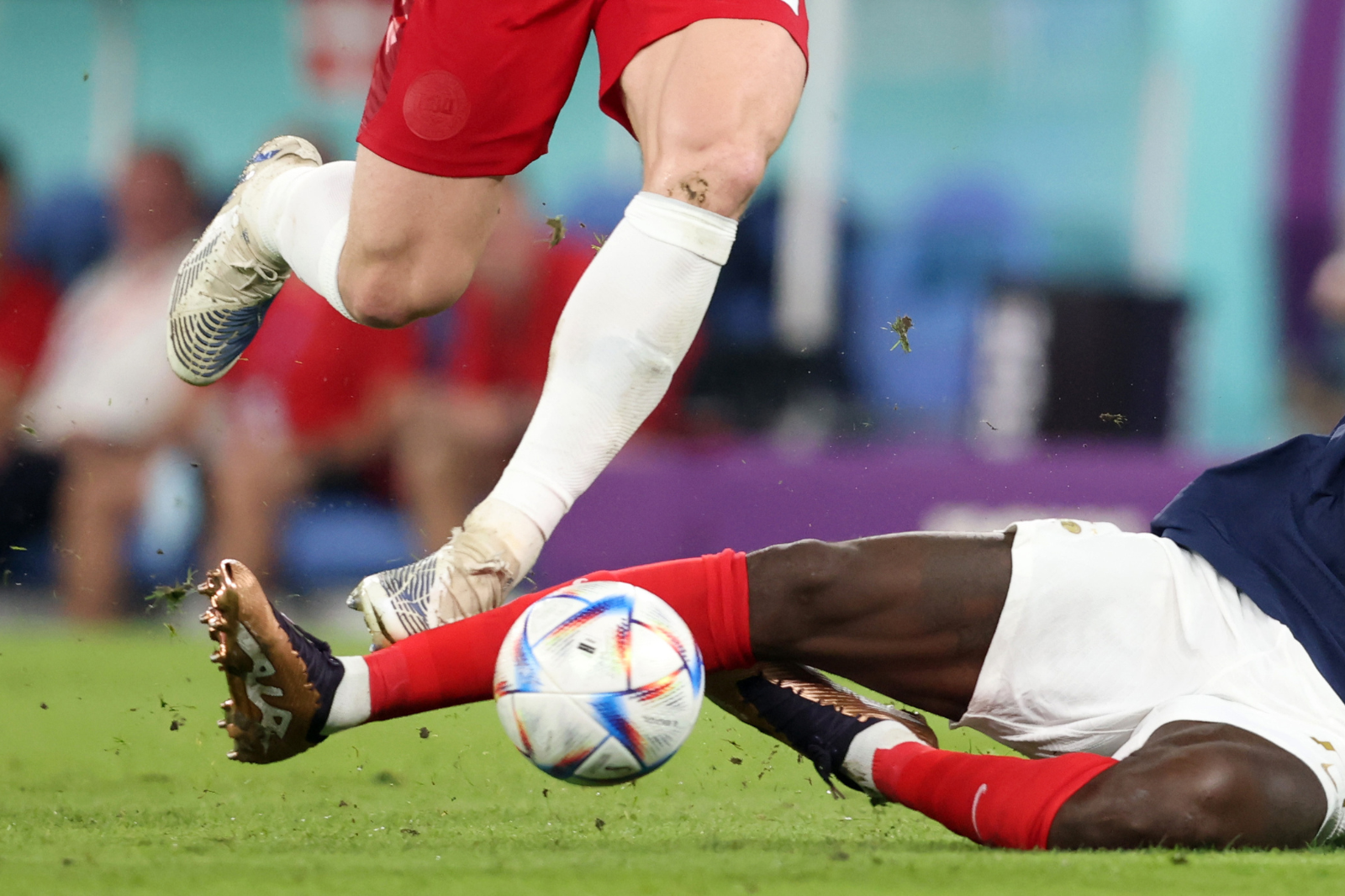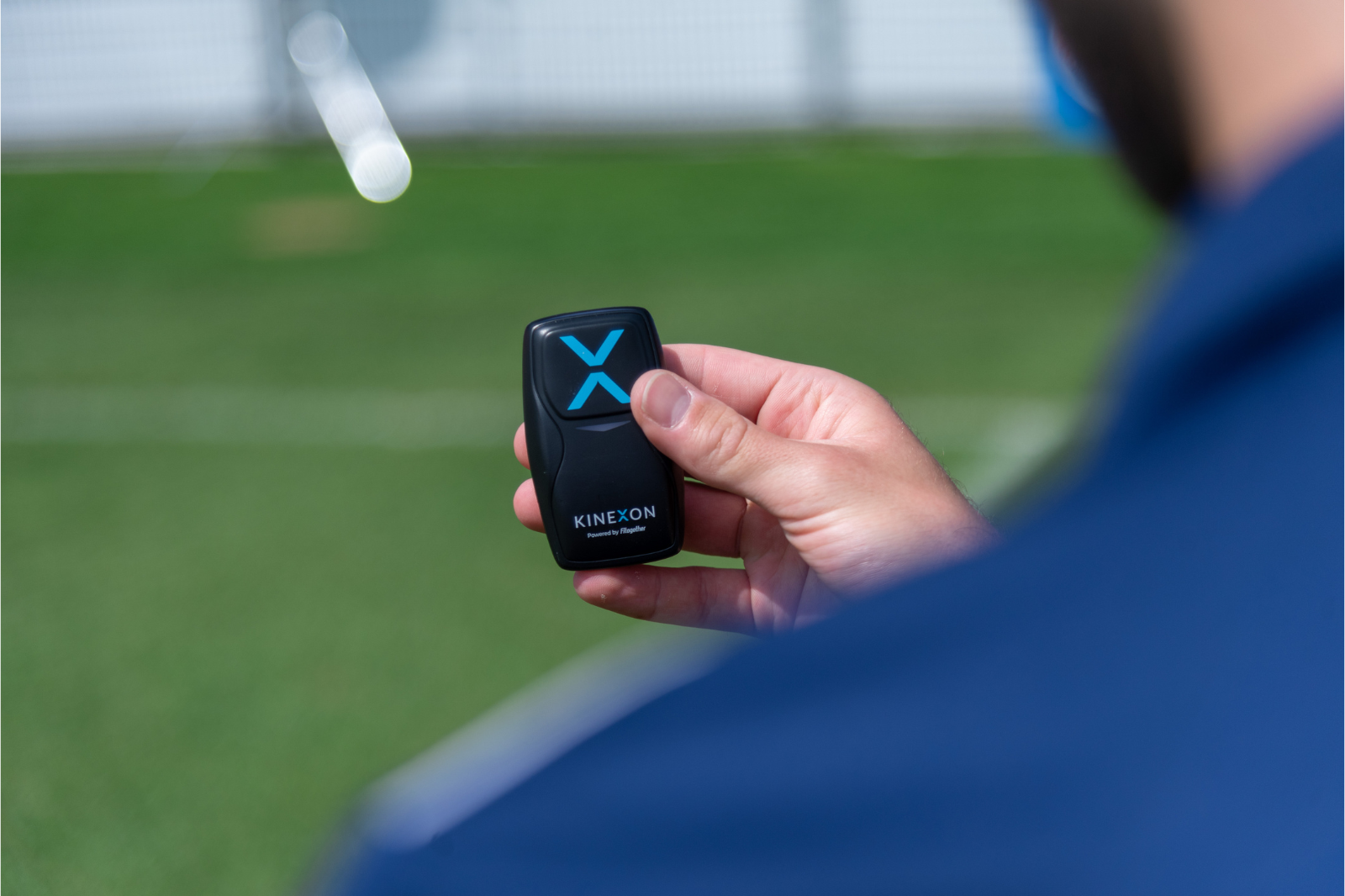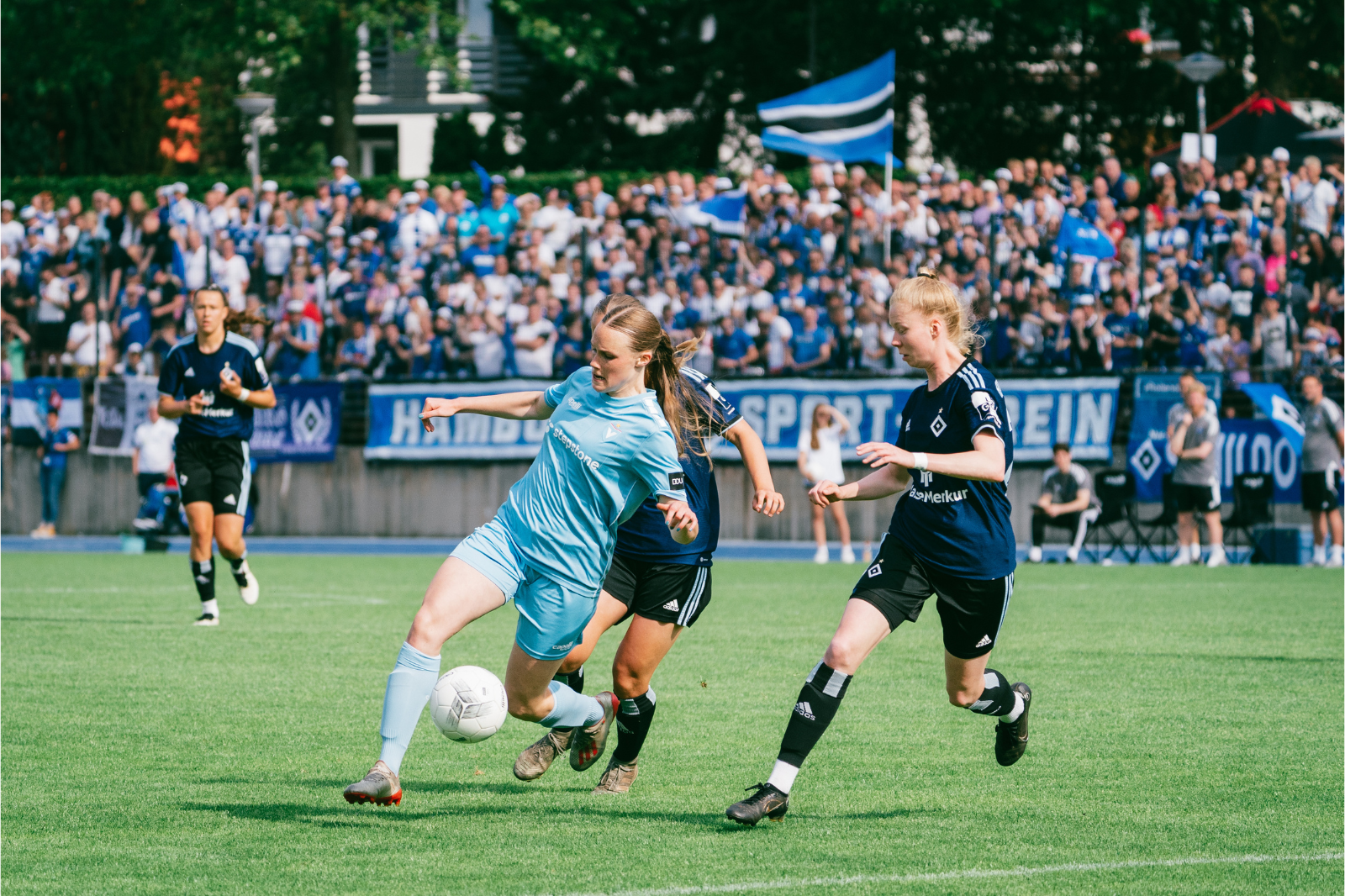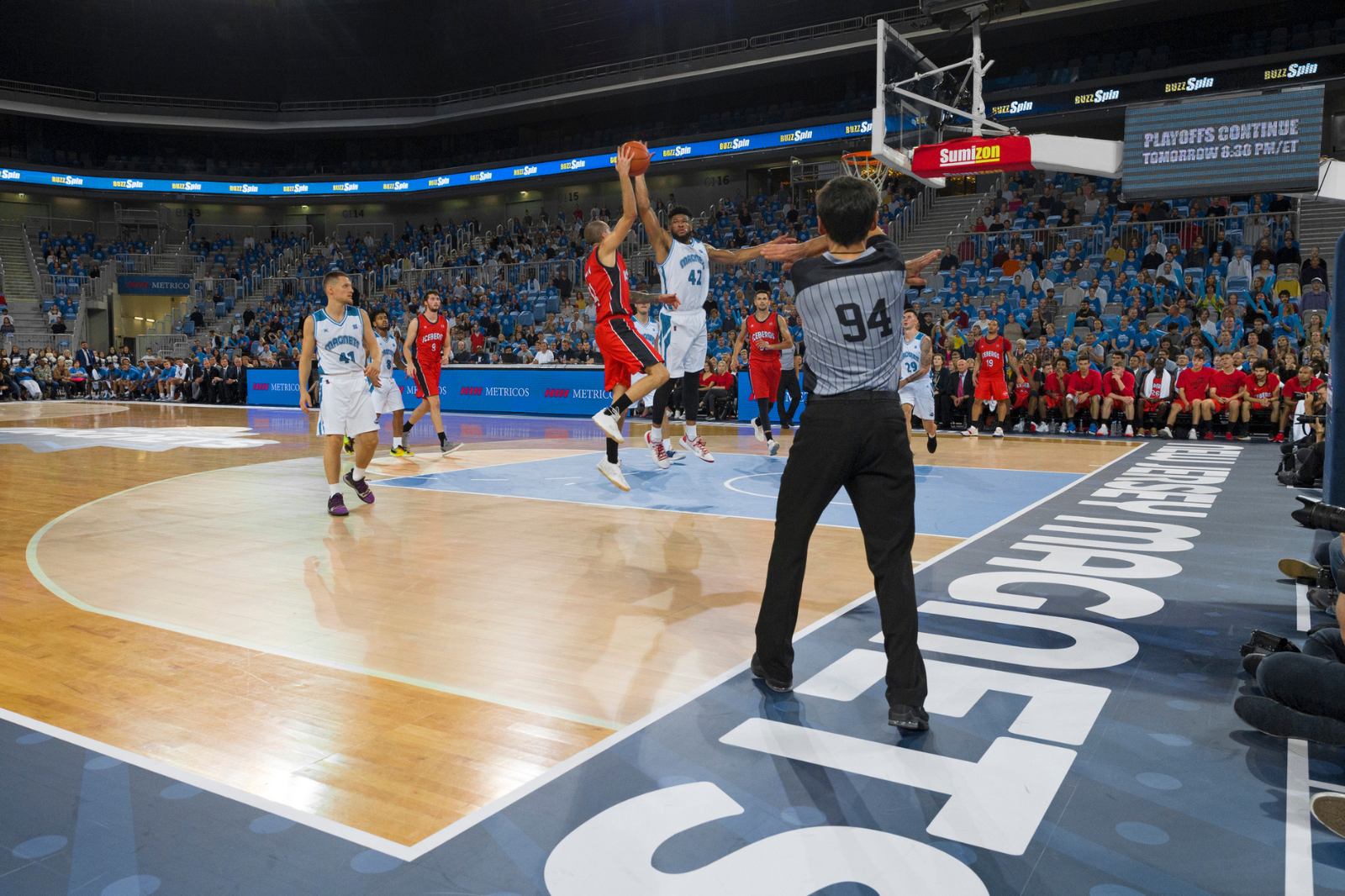FC Bayern Basketball Provides Insights Into Load Management
Load management in basketball is a strategic approach that teams use to optimize the health and performance of their players over the course of a long and arduous season. The main goal of load management is to prevent injuries and reduce the risk of overworking players, especially those who have been injury-prone in the past or are considered key players for the team’s success.
FC Bayern Basketball provides insights into how player tracking data helps protect players from overuse.
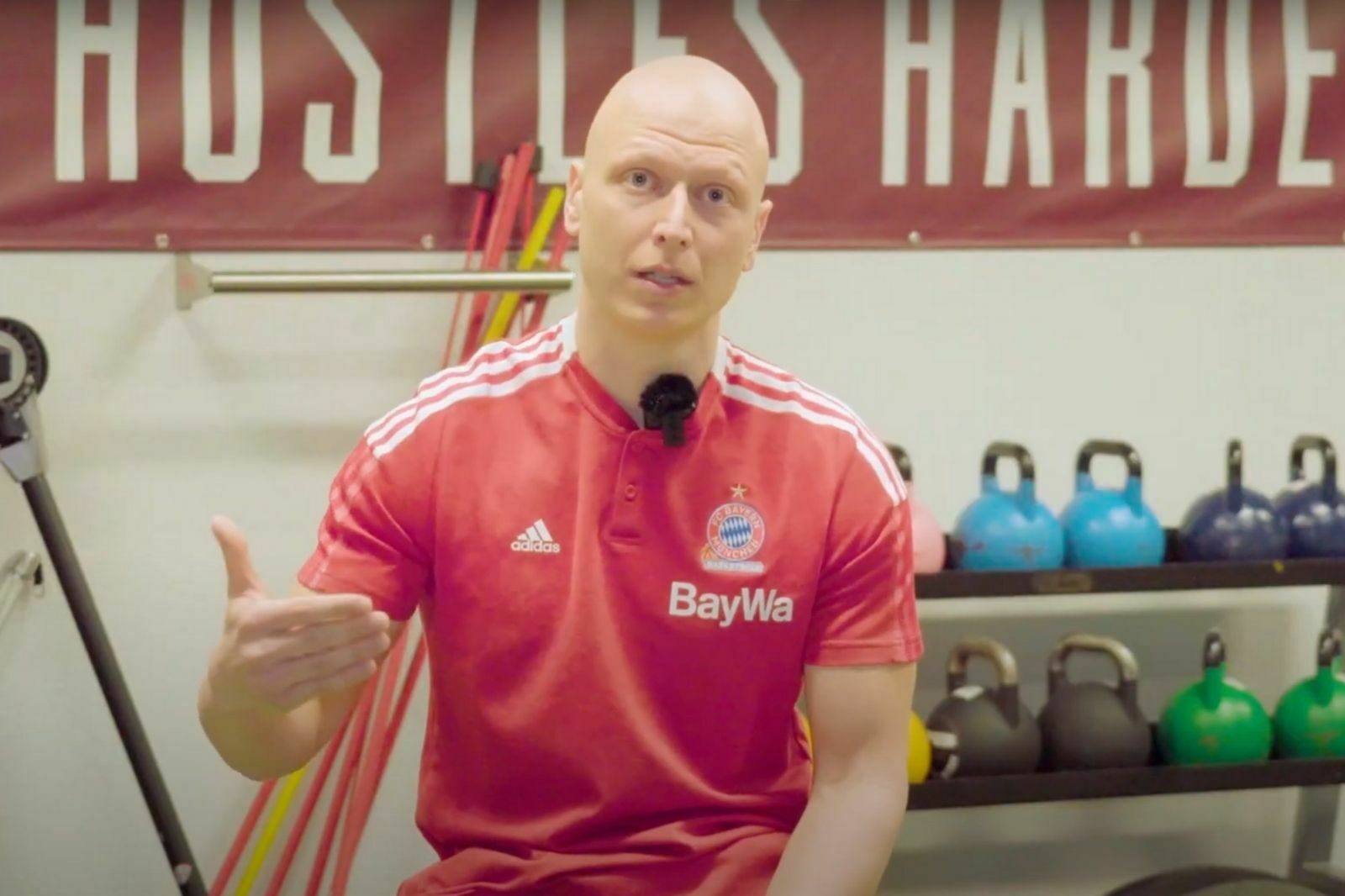
Packed game schedules and lots of travel pose challenges to load management in top-level basketball. The COVID pandemic has further escalated these with unpredictable match postponements.
In the current week, for example, FC Bayern Basketball starts a series of five consecutive away games. The journey of Andrea Trinchieri’s team first goes to Istanbul, where two games will take place, then on to Madrid and finally to Giessen. Within one week.
Little time for training and recovery requires precise load control
In order to responsibly control the players’ training and match load, FC Bayern introduced KINEXON PERFORM. This allows all relevant load values to be collected easily and centrally, and training and match workloads to be adjusted as a result.
Luka Svilar is the current Head of Physical Performance at FC Bayern. His strategy:
“During the season, we base our work on KINEXON PERFORM LPS. In the pre-season, when we are away for a longer period of time, we use KINEXON PERFORM IMU to collect different variables. In this way, we combine both systems.”
Watch The Load Management Case Study

It’s important to note that load management is not universally applied to all players or teams, and its implementation varies depending on individual player needs, team goals, and coaching philosophies.
Learn more about the player tracking metrics Luka Svilar and his FC Bayern Basketball team uses, how easy and fast the analysis is prepared and what the players think about the data-based approach in our case study video.
What is Load Management?
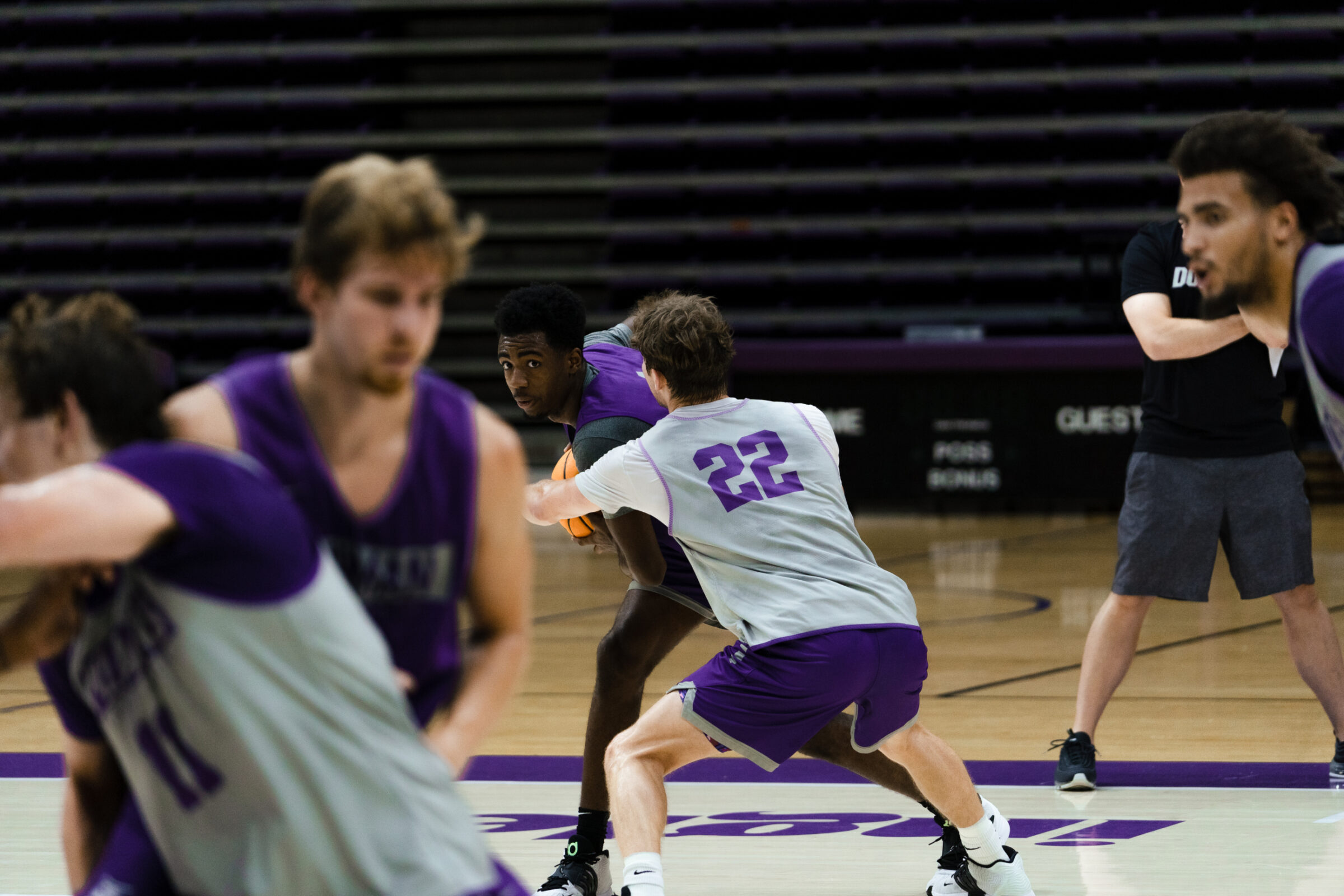
Load management involves several techniques, including:
- Rest and Recovery: Players may be given occasional rest days, especially during stretches of the season with multiple games in a short period. This allows their bodies to recuperate and helps prevent overuse injuries.
- Reduced Playing Time: Players’ minutes on the court may be managed carefully, ensuring they do not play extended periods in consecutive games.
- Strategic Scheduling: Teams and coaches may plan the schedule to ensure that players have adequate rest between challenging games or travel-heavy stretches.
- Monitoring Workload: Teams use advanced analytics and sports science to track players’ physical condition, workload, and injury risk. This data helps make informed decisions about when to rest players or adjust their playing time.
- Injury Prevention Programs: Players may engage in specific training programs designed to strengthen vulnerable areas and reduce the risk of common basketball injuries.
The NBA Load Management Debate
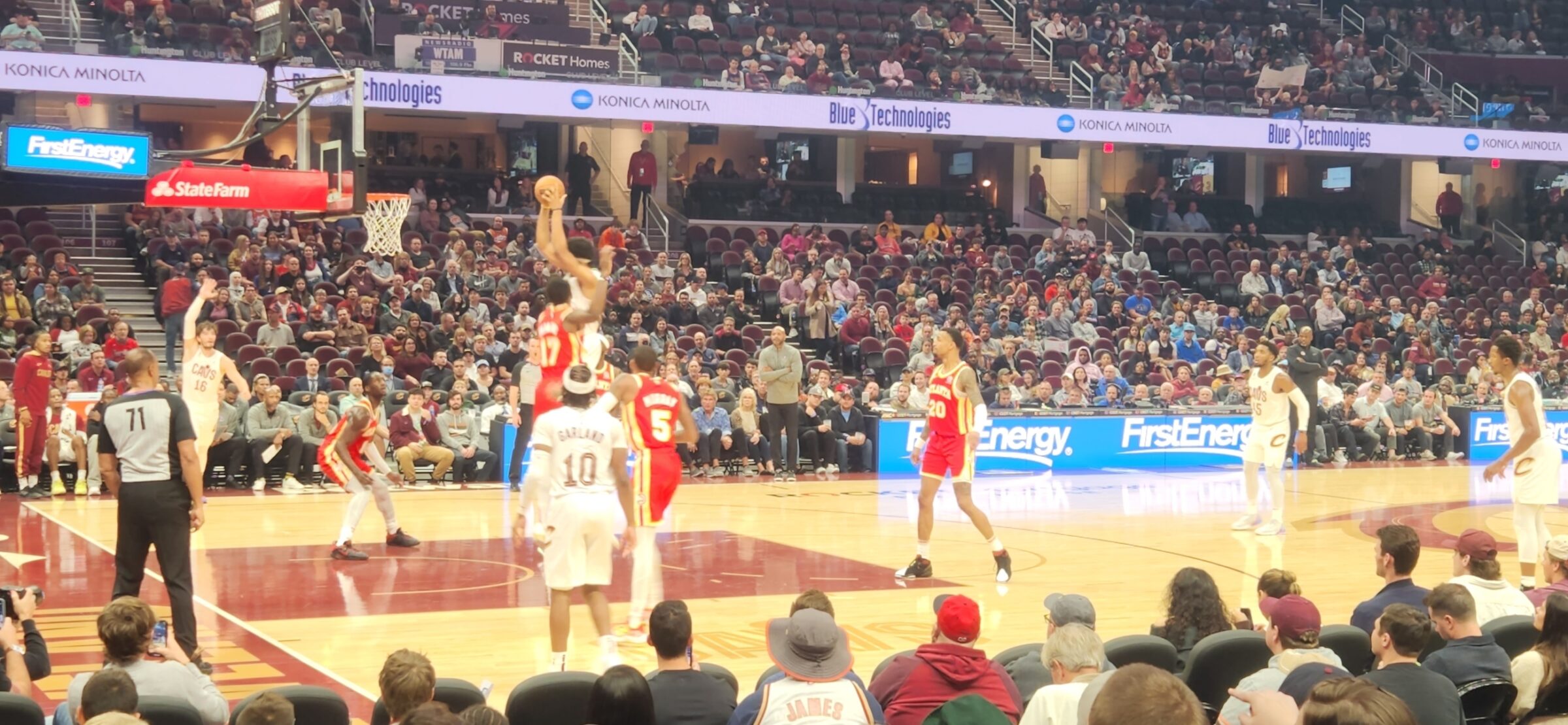
Load management has been a subject of debate among fans, players, coaches, and analysts. Critics argue that it can lead to star players sitting out marquee games, potentially impacting the overall fan experience. On the other hand, proponents highlight its effectiveness in preserving players’ long-term health and improving their performance during crucial stages, such as the playoffs.
It’s important to note that load management is not something that only applies to basketball, or the NBA because the practice is now spreading to many different sports.
Want to talk to one of our experts and discuss how player tracking can improve your team’s performance?
